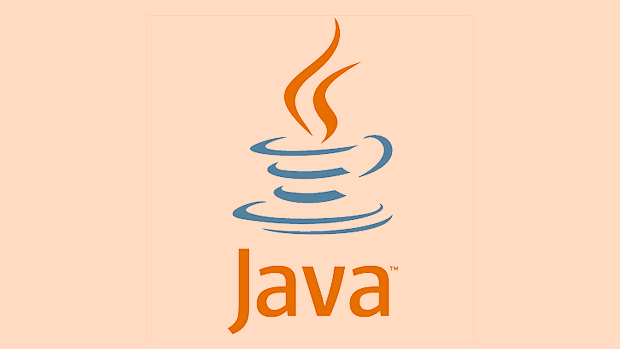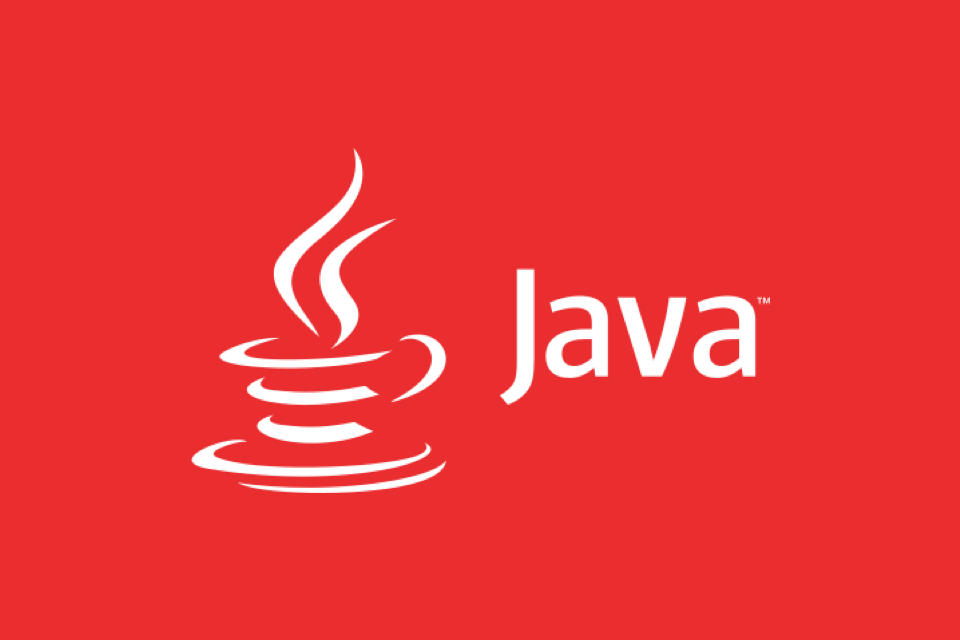What is structured concurrency in Java?
Jul 13, 2025 am 02:02 AMStructured concurrency in Java solves the complexity of managing multiple concurrent tasks by grouping them into a single unit for cleaner handling. 1) It simplifies error propagation, cancellation, and coordination, especially when dealing with exceptions or waiting for results. 2) It works through the StructuredTaskScope class, allowing tasks to be forked and joined as a group, automatically cancelling remaining tasks on failure or success based on scope type. 3) It should be used when running independent tasks that need synchronized completion, such as data aggregation or parallel request processing. 4) Compared to older methods like ExecutorService or CompletableFuture.allOf(), it reduces boilerplate, prevents zombie tasks, and improves scoping and error handling. 5) It requires Java 21, needs logically related tasks within a scope, and depends on proper resource management via try-with-resources.

Structured concurrency in Java is a way to write concurrent code that’s easier to read, manage, and debug by organizing related tasks into structured units. It makes it simpler to handle multiple threads without getting lost in callbacks or tangled logic.

Java introduced support for structured concurrency in Java 19 as a preview feature, and it became a standard feature in Java 21. The main idea is to group related threads of execution together so that they can be managed more cleanly — especially when it comes to handling exceptions, cancellation, and waiting for results.
What problem does structured concurrency solve?
Before structured concurrency, managing multiple concurrent tasks often involved manually starting threads, using ExecutorService, or chaining futures. This could get messy fast, especially when you had many independent tasks running and needed to wait for them all, cancel some, or deal with errors.

For example:
- You start several background tasks.
- One of them throws an exception.
- You want to cancel the rest and propagate that error.
Without structured concurrency, you’d have to do a lot of manual cleanup and coordination. Structured concurrency handles this automatically by grouping tasks together and ensuring they’re treated as a single unit of work.

How does it work in Java?
Structured concurrency revolves around the StructuredTaskScope class (in the java.util.concurrent package). Here's how it generally works:
You create a scope, fork tasks inside it, and then join them. All tasks within the same scope are grouped together and behave like a single unit.
Here's a simple example:
try (var scope = new StructuredTaskScope.ShutdownOnFailure()) {
Future<Integer> task1 = scope.fork(() -> calculateResult1());
Future<Integer> task2 = scope.fork(() -> calculateResult2());
scope.join(); // Wait for all tasks to complete
// Optionally check if any failed
}Some key points:
- Tasks are started with
fork() -
join()waits for them to finish - If one fails and you're using
ShutdownOnFailure, the scope cancels all other tasks
This lets you write cleaner code and avoid having to manually cancel or track each thread or future.
When should you use it?
Use structured concurrency when:
- You need to run multiple independent tasks concurrently and wait for all (or any) of them to finish
- You want automatic propagation of failures and cancellations
- Your code currently uses
CompletableFuture.allOf()orExecutorServicewith manual management
It’s especially useful for server-side applications where clarity and correctness matter, such as processing parallel requests, aggregating data from multiple sources, or performing concurrent computations.
Compared to older approaches:
- It reduces boilerplate
- It avoids “zombie” tasks that keep running after their parent has completed
- It improves error handling and scoping behavior
A few things to watch out for
Like any tool, structured concurrency has its nuances:
- It requires Java 21 (if not preview)
- It works best when tasks are logically related — don’t force unrelated tasks into the same scope
- You must close the scope properly, usually via try-with-resources
Also, there are two built-in variants of StructuredTaskScope:
-
ShutdownOnFailure: Cancels remaining tasks if any fail -
ShutdownOnSuccess: Shuts down once any task completes successfully
Choosing the right one depends on your use case.
So, basically, structured concurrency gives you better control over groups of concurrent tasks in Java, making your code safer and more readable — no small win in multithreaded programming.
The above is the detailed content of What is structured concurrency in Java?. For more information, please follow other related articles on the PHP Chinese website!

Hot AI Tools

Undress AI Tool
Undress images for free

Undresser.AI Undress
AI-powered app for creating realistic nude photos

AI Clothes Remover
Online AI tool for removing clothes from photos.

Clothoff.io
AI clothes remover

Video Face Swap
Swap faces in any video effortlessly with our completely free AI face swap tool!

Hot Article

Hot Tools

Notepad++7.3.1
Easy-to-use and free code editor

SublimeText3 Chinese version
Chinese version, very easy to use

Zend Studio 13.0.1
Powerful PHP integrated development environment

Dreamweaver CS6
Visual web development tools

SublimeText3 Mac version
God-level code editing software (SublimeText3)

Hot Topics
 How Java ClassLoaders Work Internally
Jul 06, 2025 am 02:53 AM
How Java ClassLoaders Work Internally
Jul 06, 2025 am 02:53 AM
Java's class loading mechanism is implemented through ClassLoader, and its core workflow is divided into three stages: loading, linking and initialization. During the loading phase, ClassLoader dynamically reads the bytecode of the class and creates Class objects; links include verifying the correctness of the class, allocating memory to static variables, and parsing symbol references; initialization performs static code blocks and static variable assignments. Class loading adopts the parent delegation model, and prioritizes the parent class loader to find classes, and try Bootstrap, Extension, and ApplicationClassLoader in turn to ensure that the core class library is safe and avoids duplicate loading. Developers can customize ClassLoader, such as URLClassL
 Asynchronous Programming Techniques in Modern Java
Jul 07, 2025 am 02:24 AM
Asynchronous Programming Techniques in Modern Java
Jul 07, 2025 am 02:24 AM
Java supports asynchronous programming including the use of CompletableFuture, responsive streams (such as ProjectReactor), and virtual threads in Java19. 1.CompletableFuture improves code readability and maintenance through chain calls, and supports task orchestration and exception handling; 2. ProjectReactor provides Mono and Flux types to implement responsive programming, with backpressure mechanism and rich operators; 3. Virtual threads reduce concurrency costs, are suitable for I/O-intensive tasks, and are lighter and easier to expand than traditional platform threads. Each method has applicable scenarios, and appropriate tools should be selected according to your needs and mixed models should be avoided to maintain simplicity
 Understanding Java NIO and Its Advantages
Jul 08, 2025 am 02:55 AM
Understanding Java NIO and Its Advantages
Jul 08, 2025 am 02:55 AM
JavaNIO is a new IOAPI introduced by Java 1.4. 1) is aimed at buffers and channels, 2) contains Buffer, Channel and Selector core components, 3) supports non-blocking mode, and 4) handles concurrent connections more efficiently than traditional IO. Its advantages are reflected in: 1) Non-blocking IO reduces thread overhead, 2) Buffer improves data transmission efficiency, 3) Selector realizes multiplexing, and 4) Memory mapping speeds up file reading and writing. Note when using: 1) The flip/clear operation of the Buffer is easy to be confused, 2) Incomplete data needs to be processed manually without blocking, 3) Selector registration must be canceled in time, 4) NIO is not suitable for all scenarios.
 Best Practices for Using Enums in Java
Jul 07, 2025 am 02:35 AM
Best Practices for Using Enums in Java
Jul 07, 2025 am 02:35 AM
In Java, enums are suitable for representing fixed constant sets. Best practices include: 1. Use enum to represent fixed state or options to improve type safety and readability; 2. Add properties and methods to enums to enhance flexibility, such as defining fields, constructors, helper methods, etc.; 3. Use EnumMap and EnumSet to improve performance and type safety because they are more efficient based on arrays; 4. Avoid abuse of enums, such as dynamic values, frequent changes or complex logic scenarios, which should be replaced by other methods. Correct use of enum can improve code quality and reduce errors, but you need to pay attention to its applicable boundaries.
 How to handle exceptions properly in Java?
Jul 06, 2025 am 02:43 AM
How to handle exceptions properly in Java?
Jul 06, 2025 am 02:43 AM
The key to handling exceptions in Java is to catch them, handle them clearly, and not cover up problems. First, we must catch specific exception types as needed, avoid general catches, and prioritize checkedexceptions. Runtime exceptions should be judged in advance; second, we must use the log framework to record exceptions, and retry, rollback or throw based on the type; third, we must use the finally block to release resources, and recommend try-with-resources; fourth, we must reasonably define custom exceptions, inherit RuntimeException or Exception, and carry context information for easy debugging.
 What is a Singleton design pattern in Java?
Jul 09, 2025 am 01:32 AM
What is a Singleton design pattern in Java?
Jul 09, 2025 am 01:32 AM
Singleton design pattern in Java ensures that a class has only one instance and provides a global access point through private constructors and static methods, which is suitable for controlling access to shared resources. Implementation methods include: 1. Lazy loading, that is, the instance is created only when the first request is requested, which is suitable for situations where resource consumption is high and not necessarily required; 2. Thread-safe processing, ensuring that only one instance is created in a multi-threaded environment through synchronization methods or double check locking, and reducing performance impact; 3. Hungry loading, which directly initializes the instance during class loading, is suitable for lightweight objects or scenarios that can be initialized in advance; 4. Enumeration implementation, using Java enumeration to naturally support serialization, thread safety and prevent reflective attacks, is a recommended concise and reliable method. Different implementation methods can be selected according to specific needs
 What is an anonymous inner class?
Jul 07, 2025 am 02:18 AM
What is an anonymous inner class?
Jul 07, 2025 am 02:18 AM
Anonymous internal classes are used in Java to create subclasses or implement interfaces on the fly, and are often used to override methods to achieve specific purposes, such as event handling in GUI applications. Its syntax form is a new interface or class that directly defines the class body, and requires that the accessed local variables must be final or equivalent immutable. Although they are convenient, they should not be overused. Especially when the logic is complex, they can be replaced by Java8's Lambda expressions.
 Java String vs StringBuilder vs StringBuffer
Jul 09, 2025 am 01:02 AM
Java String vs StringBuilder vs StringBuffer
Jul 09, 2025 am 01:02 AM
String is immutable, StringBuilder is mutable and non-thread-safe, StringBuffer is mutable and thread-safe. 1. Once the content of String is created cannot be modified, it is suitable for a small amount of splicing; 2. StringBuilder is suitable for frequent splicing of single threads, and has high performance; 3. StringBuffer is suitable for multi-threaded shared scenarios, but has a slightly lower performance; 4. Reasonably set the initial capacity and avoid using String splicing in loops can improve performance.






